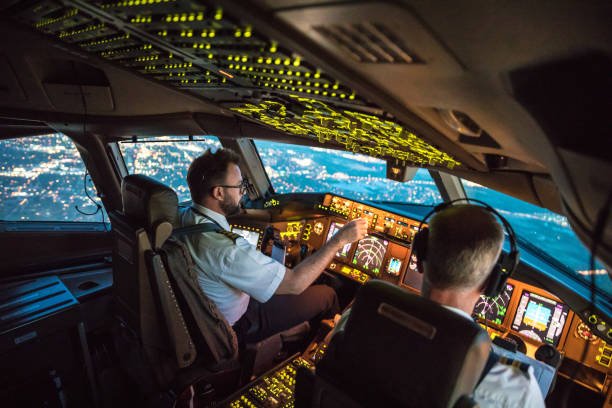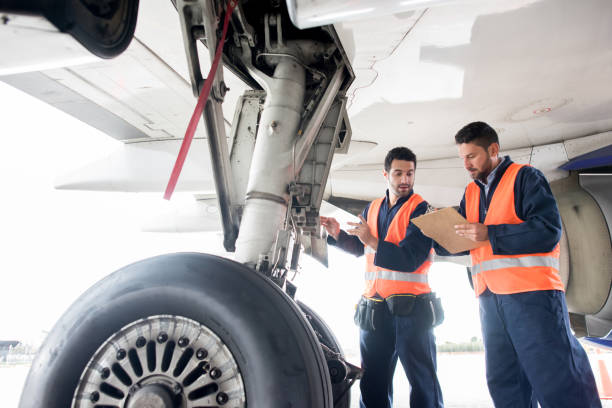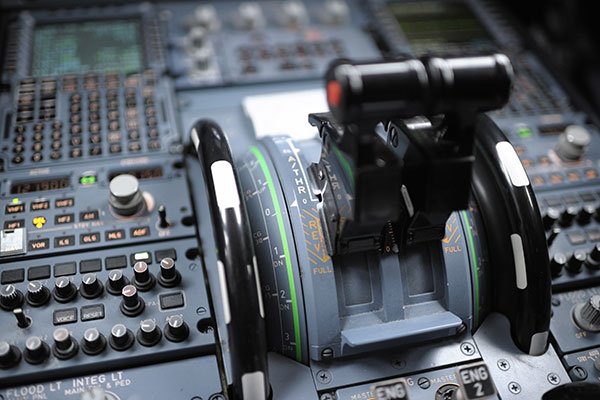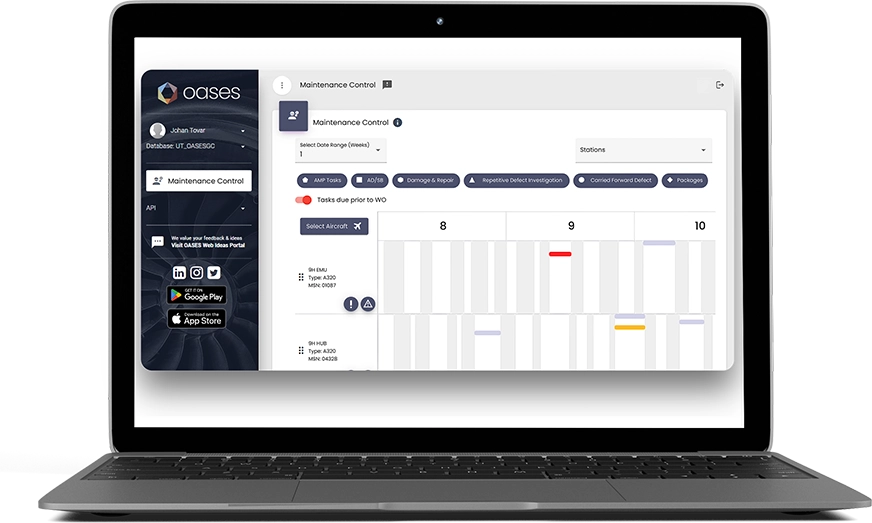
5 Aviation Industry software trends you should keep an eye on
Posted by Tom Hedges, Group VP Marketing Aspire Software
The aftermath of the COVID-19 pandemic brings new challenges for the aviation industry such as new demands from customers, industry compliances to follow, and more. You need to invest in the right tools if you want to survive the new normal.
Fortunately, new technology in the aviation industry is always around the corner. These latest and future trends in aviation industry will help you remain relevant and competitive in the market. And with the acceleration of digital transformation, it’s crucial that you know what features and tools to consider when choosing the right software for your airline business.
With that, here are some of the aviation industry trends 2022 that you should keep an eye on.
- Prepare for fully digitized operations
Thanks to the various advancement in software, businesses in the aviation industry can now operate virtually. This doesn’t just refer to the technical parts of aviation control and maintenance. Recent aviation software can now also take care of administrative tasks and processes. This results in a seamless, paperless, and stressless experience for your entire team—whether they are working on the front lines or behind the scenes. As a result, the demand for aviation software will have a 3% increase in the coming years.
By fully digitizing your operations, you can have full visibility of every stage of every task in your daily operations. Moreover, you can integrate the software with other solutions for a more unified digital experience. For example, you can connect your aviation software with property management software to help you manage your business’ assets and properties. Property management software can handle functions and tasks such as:
- Property maintenance
- Attracting new tenants
- Collecting payments or rents
- Advertisements
You can check out some examples of property management software to find out which one would suit your business needs.
- Increased demand for smarter automations
Digital transformation often goes hand in hand with automations. In fact, many businesses invest in software for its automated functions. Aviation software likewise offers to automate certain processes and tasks within your operations. This includes vehicle maintenance, inventory management, repairs, reporting, and even customer service.
Automations nowadays are more reliable and stable than ever thanks to smart technology like artificial intelligence and machine learning. This technology is more accessible and affordable than ever because global investment in it increased five times since 2010.
In fact, this is one of the latest trends in aviation industry. Much software available in the market now offers AI-powered automations. Through smart technologies, your automations can become more efficient, effective, and streamlined.
- Migrating to the Cloud
Cloud computing technology is a popular tool for businesses regardless of what industry they are in. Hence, it’s no surprise that aviation software are also adopting cloud computing technology in their systems. This enables airlines to access their systems and processes wherever and whenever they want via the internet.
There are many benefits to using cloud-based software compared to on-premise ones. One of the main perks is that it helps you save up costs on system and hardware maintenance. That’s because your service provider will handle all the heavy lifting in maintaining, updating, and securing the software.
Likewise, cloud-based aviation software makes it easier to scale your processes since you don’t have to worry about investing in new hardware or servers in the process.
- Tighter digital security
Going digital has its own dangers—more so if you connect to the internet. According to Accenture, there is a 31% increase in cyberattacks since last year. Worse, successful breaches also rose from 44% to 61%. Hence, it’s important that you include cybersecurity in your plans and priorities in the coming months.
Thankfully, aviation software are taking measures to ensure its users’ security and privacy. Some service providers like OASES are backed by Amazon Web Services (AWS) to provide high-class security for their clients. Other important tools to look out for are advanced biometrics and digital identity technology.
- Sustainability remains a top concern
A recent study shows that aviation carbon emissions averaged 144,314 grams of CO2 per-seat per mile. This makes air travels one of the top pollutants in the world.
Carbon emission reduction remains a top concern for airlines around the world. As a result, many businesses are constantly looking for new technology in aviation industry for better sustainability.
In fact, many are already investing in aviation software with advanced analytics to help them measure and benchmark their environmental footprint. This allows them to implement and assess carbon efficiency saving across their operations. It also allows them to focus on improving energy management and generating energy through renewable sources.
Embracing the future
As the world enters the new normal, the aviation industry must be prepared to meet new demands and challenges ahead. Revolutionize your aircraft maintenance and control by investing in the latest technological trends. This will help future-proof your business and improve your operations in the process.
Get in touch with the OASES team for a demo of our Cloud-enabled portfolio, including OASES Mobile & ETL applications, or just reach out to talk about how to empower your people and up your game!



